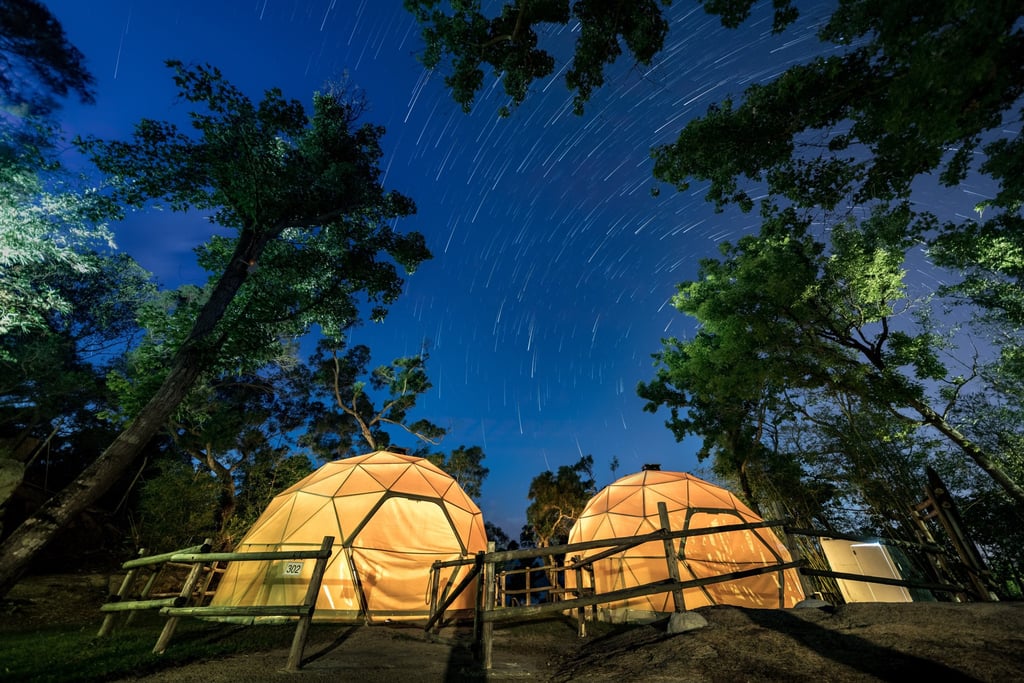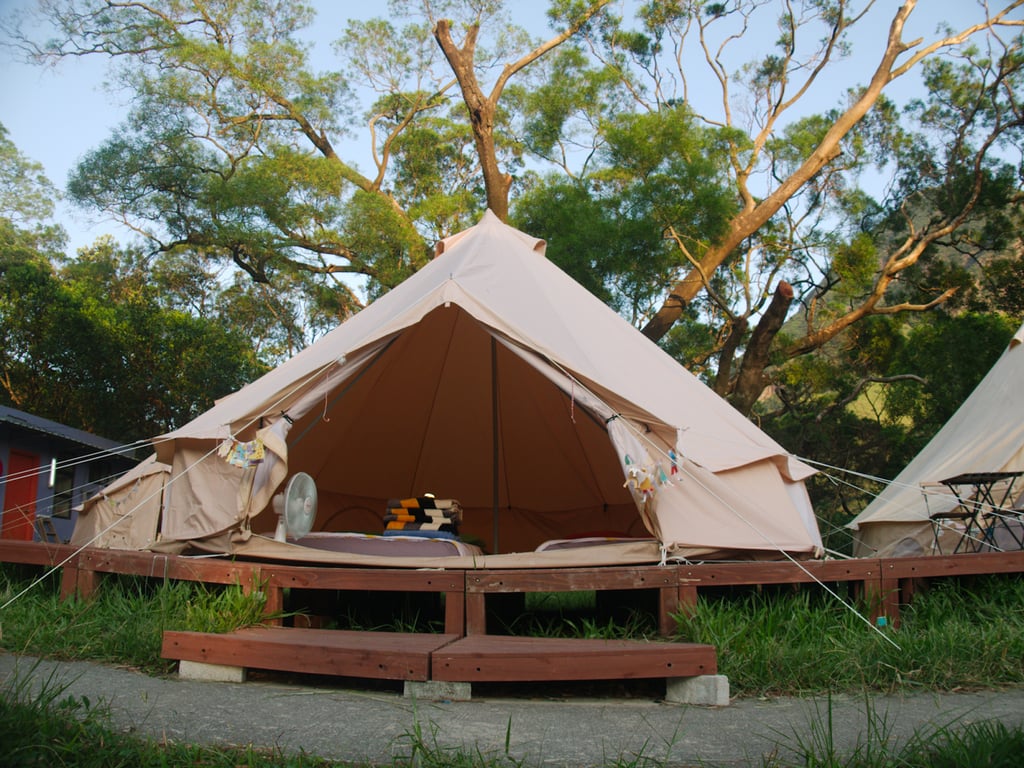Is getting back to nature in a tent really all that eco-friendly?
The rise of ‘glamping’ offers some a romantic way of sleeping under the stars in the great outdoors – but the environment could be suffering as a result

Camping in Hong Kong has enjoyed a long history and steady evolution. Until the late 1940s, when stricter controls on privately owned firearms were legislated, camping was often accompanied by hunting. Bird shooting had become popular from the 1880s, and increased significantly in the years after the New Territories lease was signed in 1898. The mangrove forests and tidal marshlands along the Deep Bay coastline were (and remain) a haven for numerous migratory waterfowl species; the cooler weather became popular for weekend bird shoots accompanied by gun dogs. These days, fortunately, Hong Kong’s endangered migratory birds are shot only by photography enthusiasts.

Whenever those dreaded words “revitalisation initiative” exits a government functionary’s lips, experience promises that something hitherto special and authentic will be transformed into literal and metaphorical wastelands. Hong Kong’s officially encouraged glamping sector is no different.
Ecologically vulnerable locations recently earmarked for glamping sites in the New Territories are located on the fringes of country parks; others are situated within abandoned villages deliberately excluded in the 1970s from the new country park boundaries. Back then, these isolated hamlets were still inhabited. As commercial farming declined when younger people were drawn to better economic opportunities elsewhere, and elderly inhabitants gradually died, these villages became deserted.

Within a few years, uncultivated fields reverted to a natural state; in particular, irrigated areas formerly used for rice cultivation, taro growing and other “wet” crops, became reed-filled marshes. These, in turn, became vital habitats for an extraordinary variety of birdlife and insect species. As time went on, the ecological significance and expanded biodiversity that these abandoned village fields held afforded far greater community value than any revival of agricultural activity could provide.